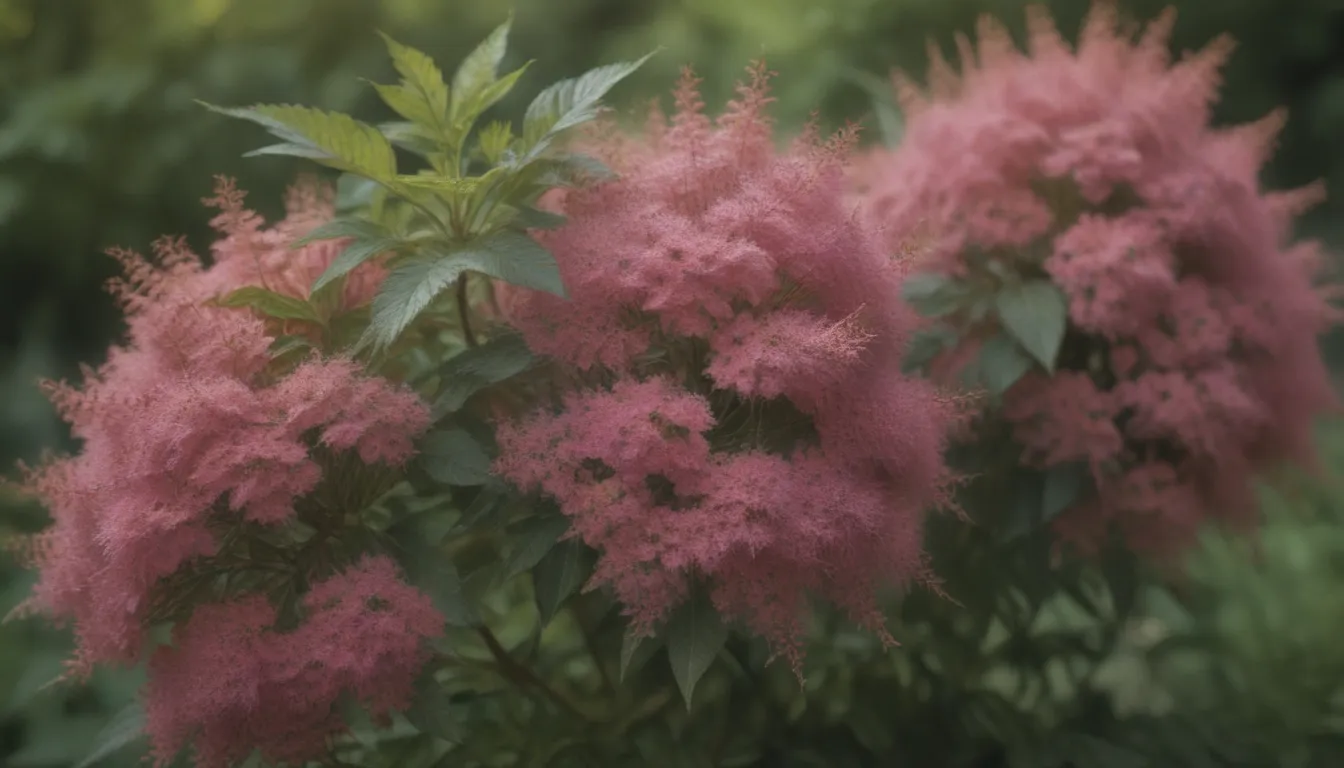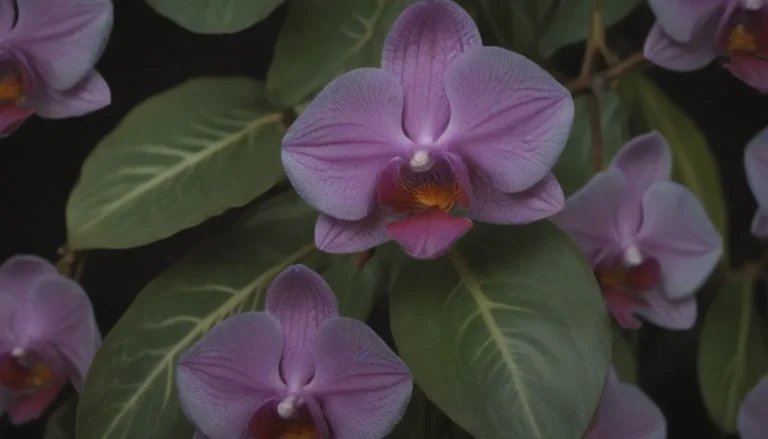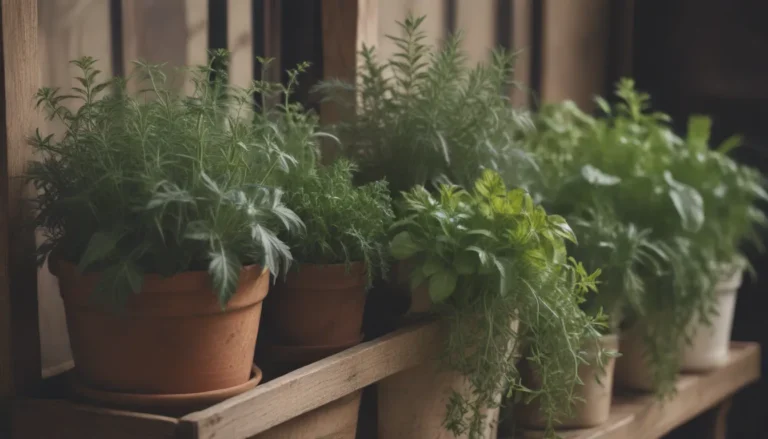Comprehensive Guide on Growing and Caring for Gold Mound Spirea

Do you want to add a touch of golden beauty to your garden? Look no further than the Gold Mound spirea. This deciduous shrub is prized for its stunning golden leaves that emerge in spring, turning a brilliant yellow in autumn. If you’re looking for a low-maintenance shrub that attracts butterflies and looks gorgeous in your landscape, Gold Mound spirea is the perfect choice for you.
Introduction to Gold Mound Spirea
Gold Mound spirea, a hybrid cross between S. japonica ‘Alpina’ and S. japonica ‘Goldflame’, gets its name from its golden leaves and mound-like habit. It typically grows to a height of two to three feet tall and three to four feet wide, making it ideal for small gardens or container growing. This shrub is a versatile plant suitable for USDA cold hardiness zones 4 through 8.
Planting and Caring for Gold Mound Spirea:
Light: Gold Mound spirea prefers full sun to bring out the best color in its leaves, but it can tolerate light shade as well.
Soil: This shrub thrives in well-drained soil and can tolerate clay soils. Adding compost to the soil can improve its fertility and drainage. Gold Mound spirea prefers a soil pH range of 5.5 to 7.5.
Water: During the summer, make sure to water your Gold Mound spirea weekly until the roots are saturated. Avoid overwatering, as this plant doesn’t like overly wet conditions.
Fertilizer: Apply a general-purpose garden fertilizer in late winter or early spring before new growth appears. Follow the product label instructions for the appropriate amount to use.
Types of Golden Japanese Spirea
Apart from Gold Mound spirea, there are other cultivars of Spiraea japonica with golden leaves and pink flowers that thrive in USDA cold hardiness zone 4. Some popular varieties include:
- ‘Magic Carpet’
- ‘Golden Elf’
- ‘Lemon Princess’
- ‘Double Play Gold’
- ‘Limemound’
- ‘Golden Princess’
Pruning and Propagation Tips:
Pruning: Deadhead Gold Mound spirea after flowering to promote reblooming. Regular pruning can help maintain its compact shape and encourage new foliage.
Propagating: The easiest way to propagate this shrub is through softwood cuttings.
Growing Gold Mound Spirea in Containers
Due to its compact size, Gold Mound spirea is suitable for container growing. Follow these tips for successful container gardening:
- Choose a container at least one inch wider than the plant’s root system.
- Use a well-draining potting mix and water the plant regularly during the growing season.
- Fertilize the shrub monthly with a diluted all-purpose fertilizer.
Overwintering and Common Problems:
Overwintering: In USDA zone 4, Gold Mound spirea doesn’t need winter protection when planted in the ground. However, if grown in a container, provide additional insulation to protect the roots from winter chills.
Common Problems: While Gold Mound spirea is generally pest and disease-resistant, it’s important to watch out for potential issues like:
- Over-fertilization with nitrogen, leading to foliage without flowers.
- Invasive tendencies in certain regions due to its rapid seed dispersal.
Tips for Encouraging Bloom:
If your Gold Mound spirea isn’t blooming, consider the following factors:
- Ensure the plant receives enough sunlight for blooming.
- Avoid over-fertilization with nitrogen and opt for a fertilizer high in phosphorus for flower production.
- Deadhead spent flowers to encourage a lighter second bloom during the growing season.
In Conclusion
Gold Mound spirea is a beautiful and easy-to-grow shrub that adds color and interest to any garden. With proper care and maintenance, you can enjoy its golden foliage and delicate pink flowers throughout the year. Whether you plant it as a specimen, hedge, or foundation shrub, Gold Mound spirea is sure to brighten up your outdoor space. Explore the different varieties of Spiraea japonica with golden leaves to create a stunning landscape that will be the envy of your neighborhood. Let your garden shine with the radiant beauty of Gold Mound spirea!





